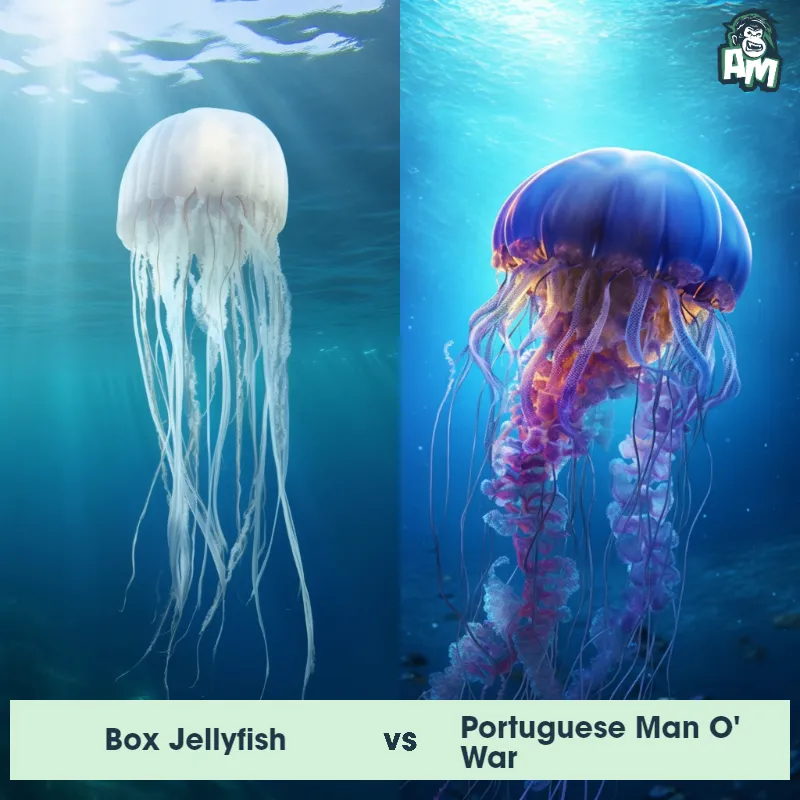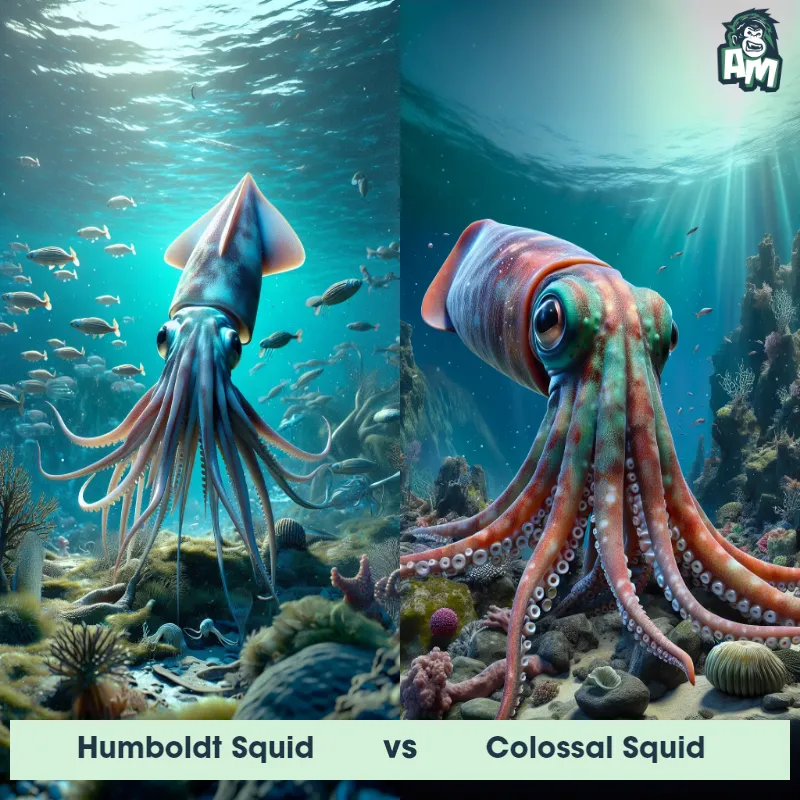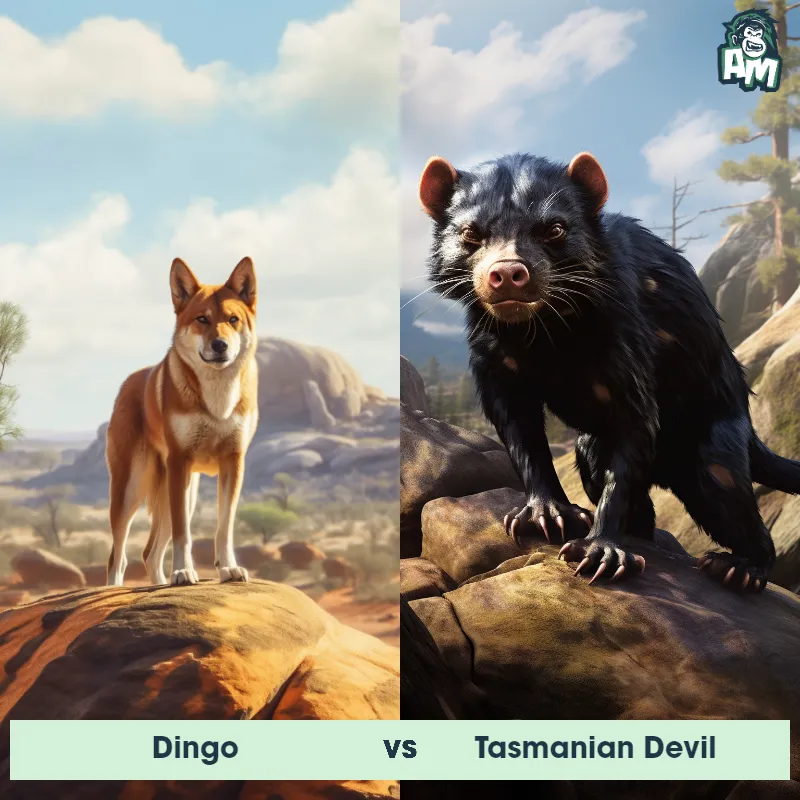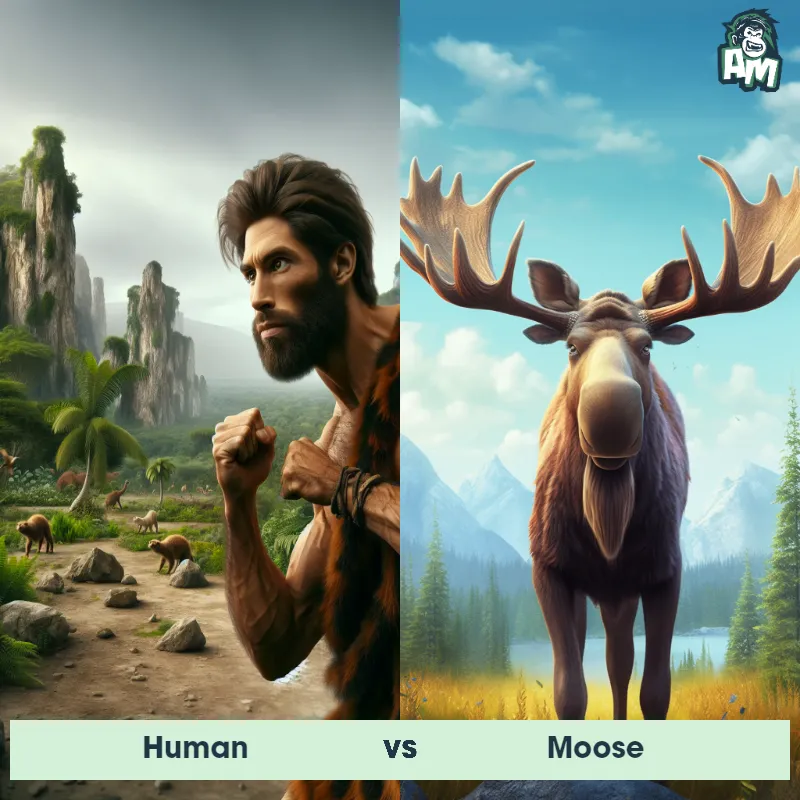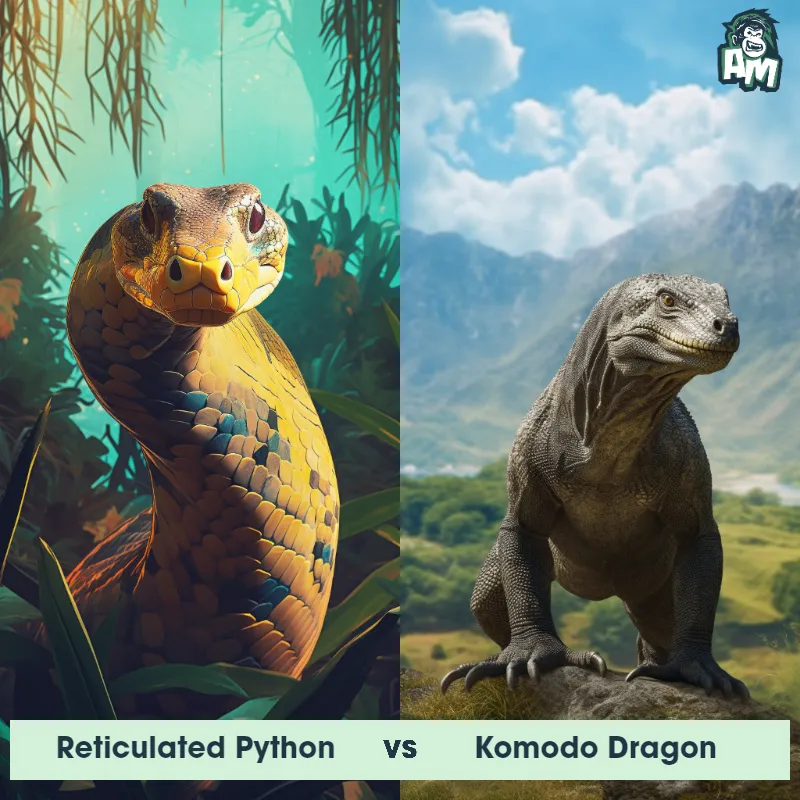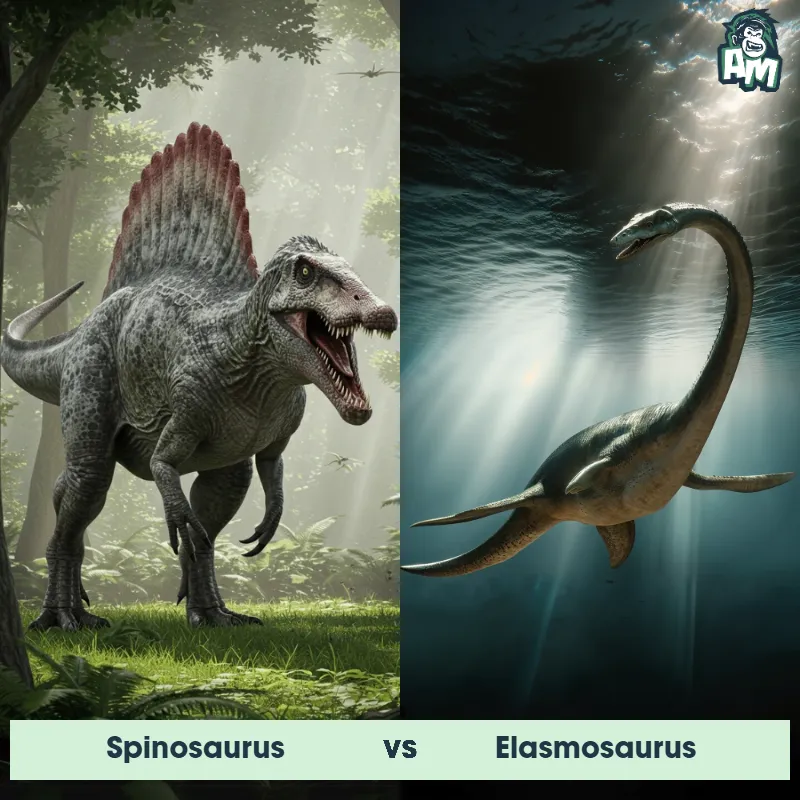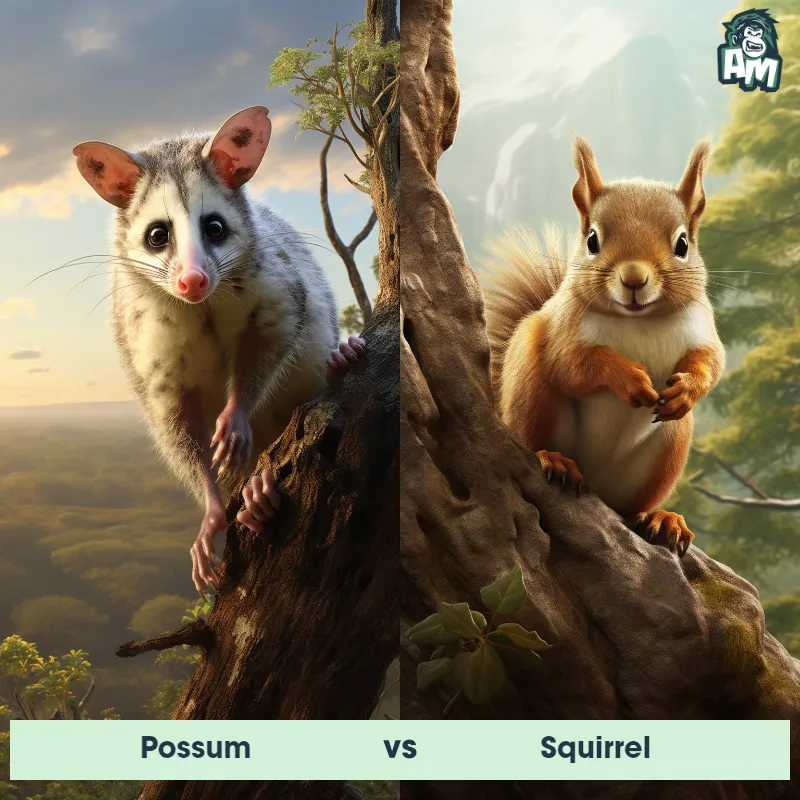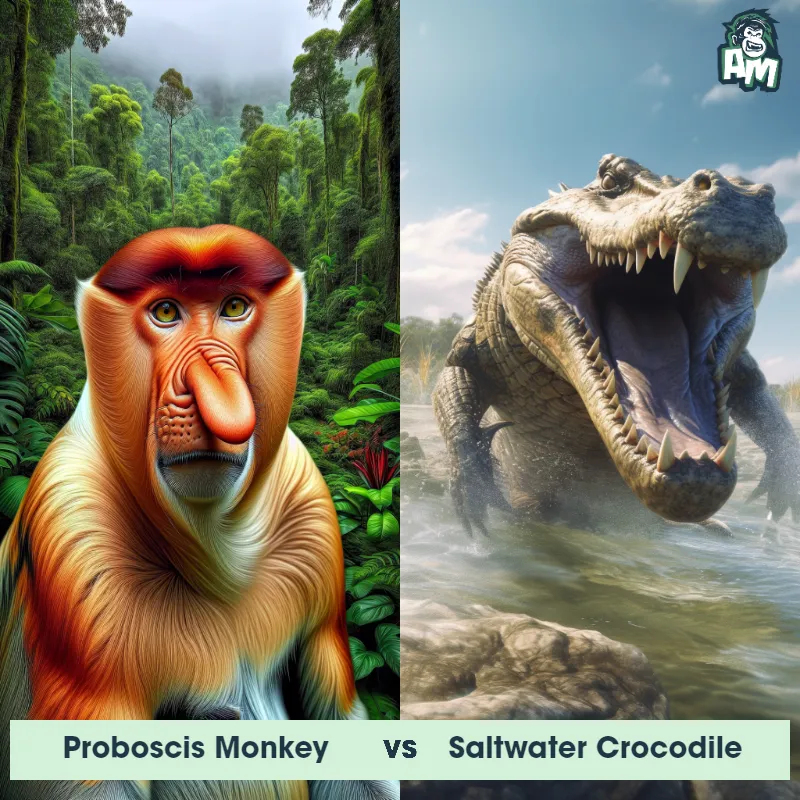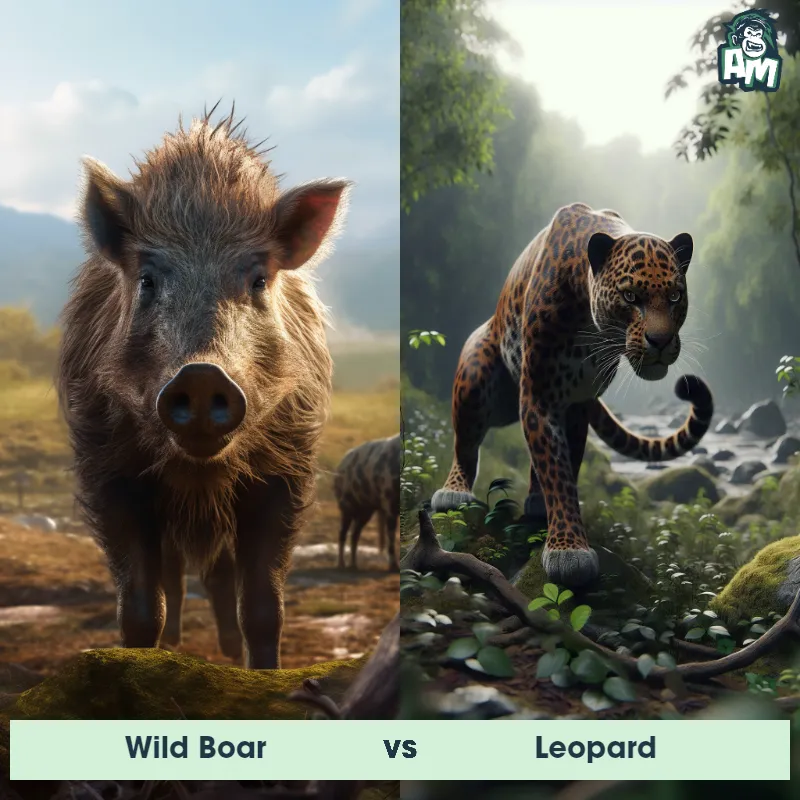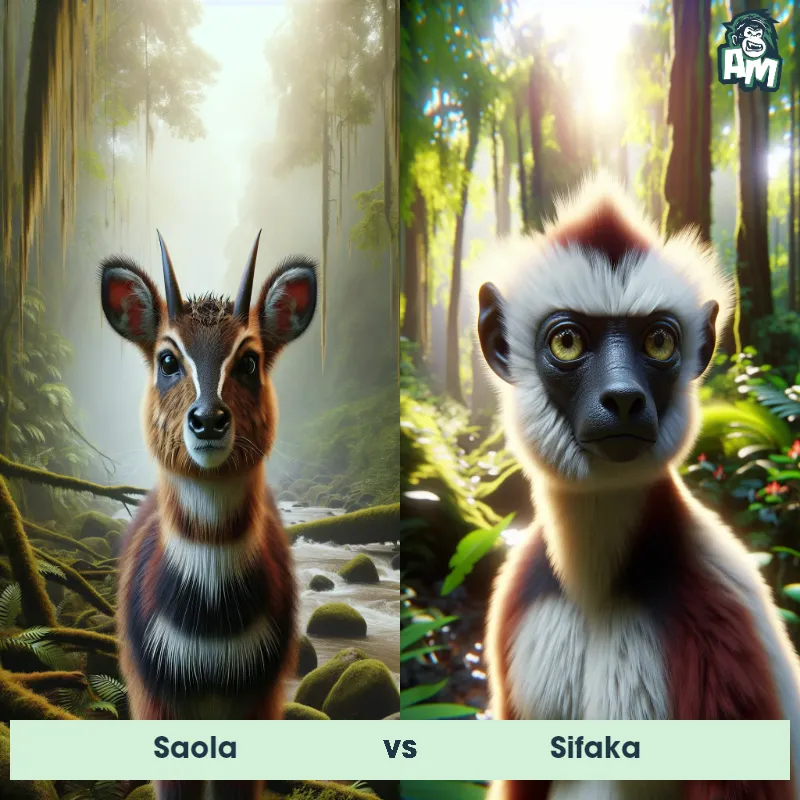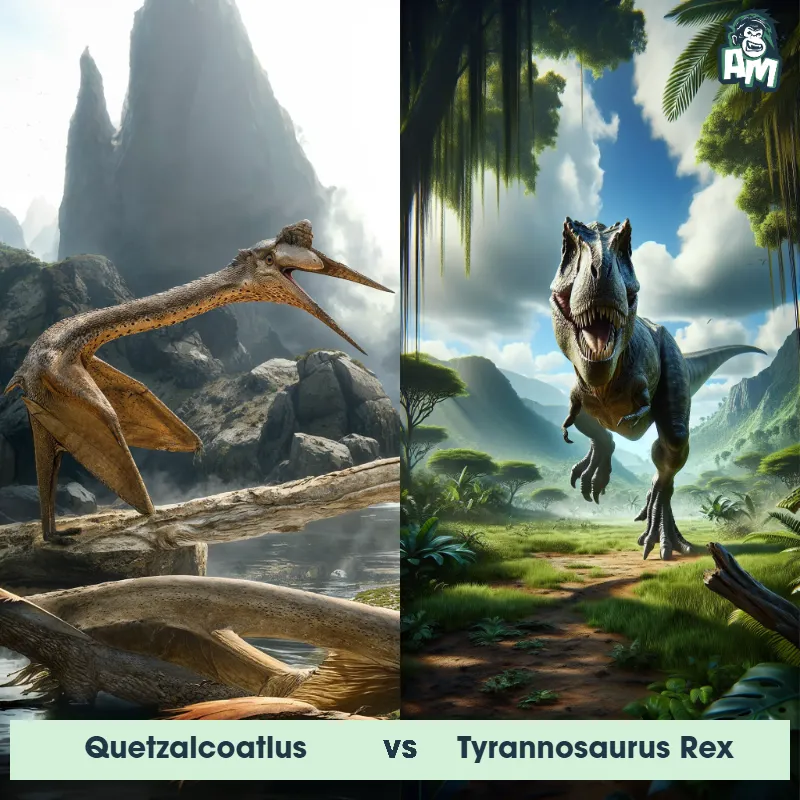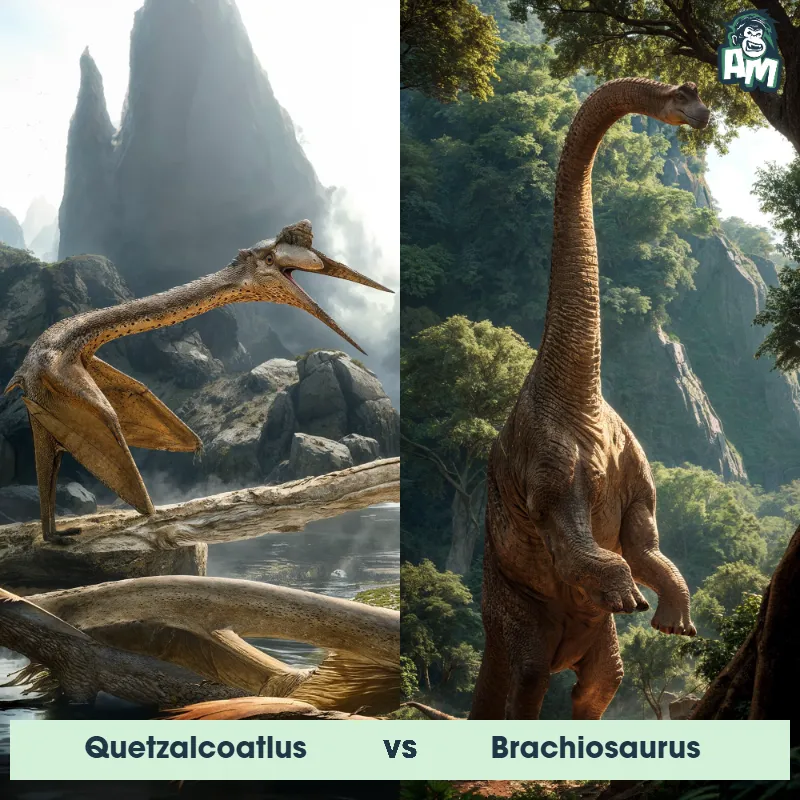Dimorphodon vs QuetzalcoatlusSee Who Wins
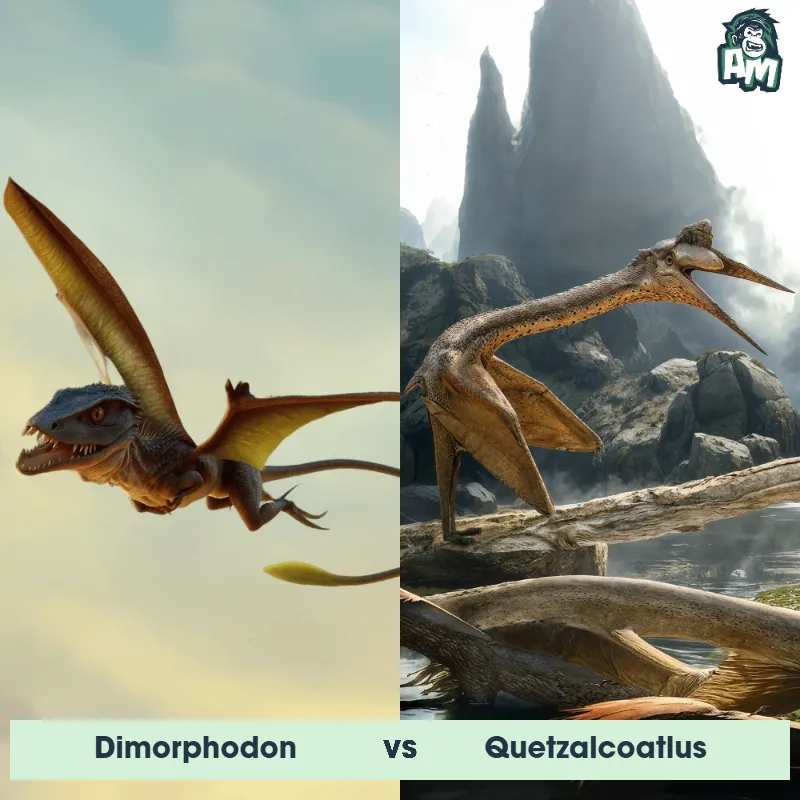
In one corner, we have the nimble sky predator, small yet agile, the Dimorphodon! And facing it, the towering titan with wings spanning the skies, the Quetzalcoatlus! The prehistoric airwaves are crackling with anticipation as these two sky creatures prepare for an epic showdown!
Contender 1: Dimorphodon
The Dimorphodon, also known as the "two-form tooth," was a small flying reptile from the early Jurassic period. It had a wingspan of about four feet and a distinctive elongated skull with two different types of teeth - sharp front teeth for catching fish and small animals and larger, flatter teeth for crushing shells and other tough prey. Dimorphodon had a lightweight body covered in fur-like structures, enabling it to glide efficiently through the air.
Fun Fact: Dimorphodon is known for being one of the earliest flying vertebrates, evolving the ability to take to the skies around 200 million years ago.
Contender 2: Quetzalcoatlus
Quetzalcoatlus, a prehistoric flying reptile, was one of the largest known flying animals of all time, with a wingspan reaching up to 33 feet. It had a long, narrow beak, a long neck, and sharp teeth for catching fish and small prey. Its body was covered in a layer of hair-like filaments for insulation and possibly display.
Fun Fact: Quetzalcoatlus likely soared through the skies using warm air currents, much like modern-day albatrosses, allowing it to cover great distances with minimal effort.
Matchup Stats
| Dimorphodon | Quetzalcoatlus | |
|---|---|---|
| Size | Wingspan of about 4 feet (1.2 meters) | Wingspan up to 33 feet (10 meters) |
| Weight | About 5 pounds (2.3 kilograms) | Around 500 pounds (227 kilograms) |
| Speed | 20 mph (32 km/h) | 80mph (129km/h) |
| Key Strength | Speed and agility | Aerial agility |
| Biggest Weakness | Size and physical strength | Vulnerable on the ground |
Current Votes
Dimorphodon vs Quetzalcoatlus
See Who Wins
View More Matches
Looking For More?
Similar Matches
Scientific Stats
| Dimorphodon | Quetzalcoatlus | |
|---|---|---|
| Scientific Name | Dimorphodon | Quetzalcoatlus northropi |
| Family | Dimorphodontidae | Azhdarchidae |
| Habitat | Coastal areas | Coastal areas |
| Geography | Early Jurassic period | North America |
| Diet | Fish, small animals, and tough prey | Fish and small prey |
| Lifespan | 12 years - 14 years | 25 years - 30 years |
Key Differences between Dimorphodon and Quetzalcoatlus
- Teeth: Dimorphodon possessed multiple large, pointed teeth suitable for gripping prey, whereas Quetzalcoatlus had a toothless beak.
- Wing Structure: Dimorphodon had relatively short wings proportional to its body, while Quetzalcoatlus had very long and narrow wings optimized for soaring flight.
- Head Shape: Dimorphodon had a relatively large, dome-shaped skull with distinct fenestrae, while Quetzalcoatlus had an elongated skull with a long, pointed beak.
- Body Proportions: Dimorphodon had a stout body with strong hind limbs suggesting some terrestrial capabilities, whereas Quetzalcoatlus had a more gracile frame adapted primarily for flight.
- Neck Length: Quetzalcoatlus had a long neck, supporting its large head, whereas Dimorphodon had a relatively short neck.
- Size: Quetzalcoatlus was significantly larger, with an estimated wingspan of up to 33 feet, whereas Dimorphodon had a wingspan of about 4.5 feet.



